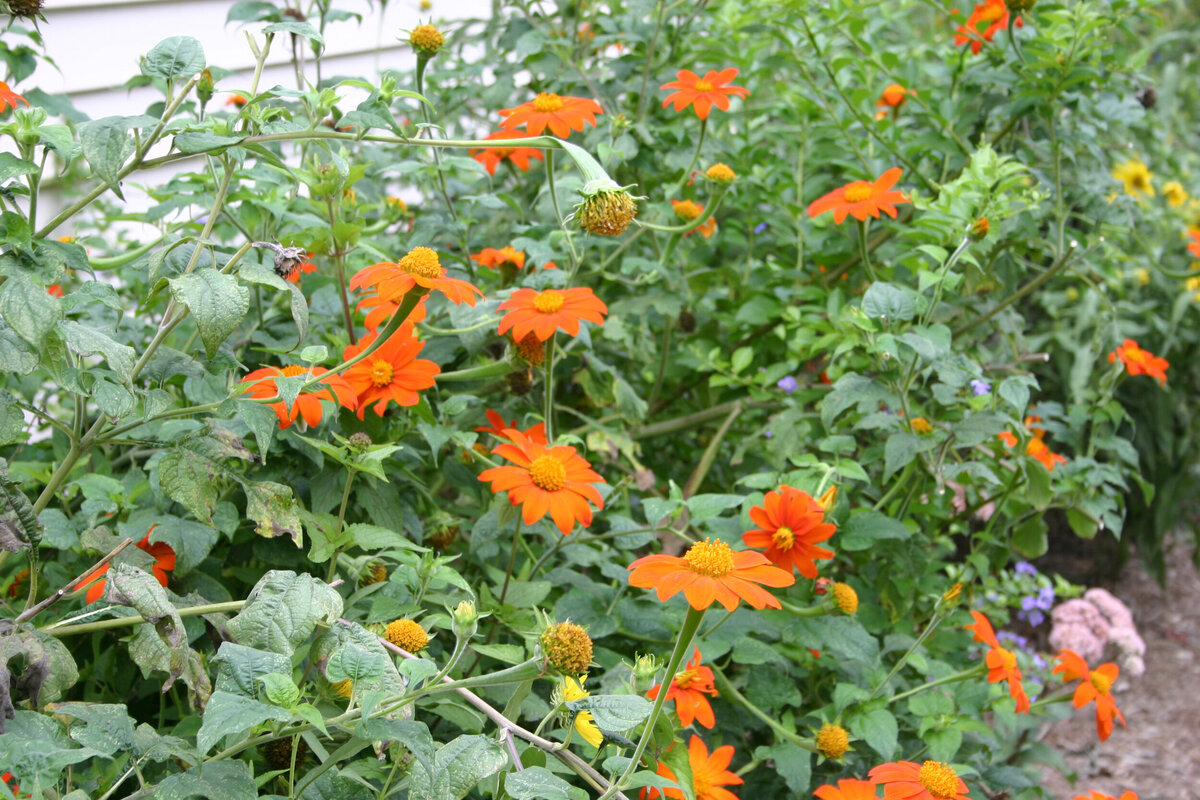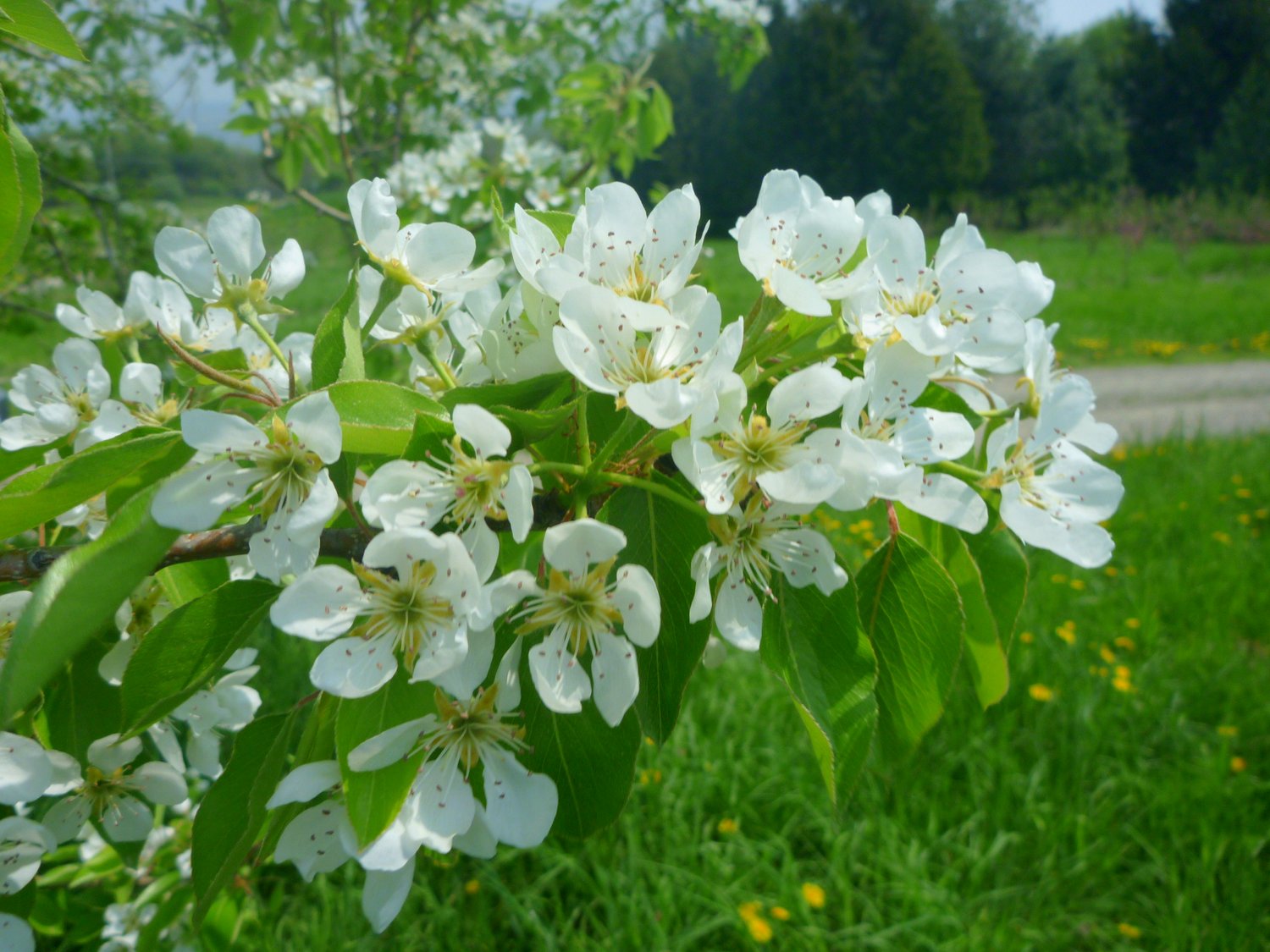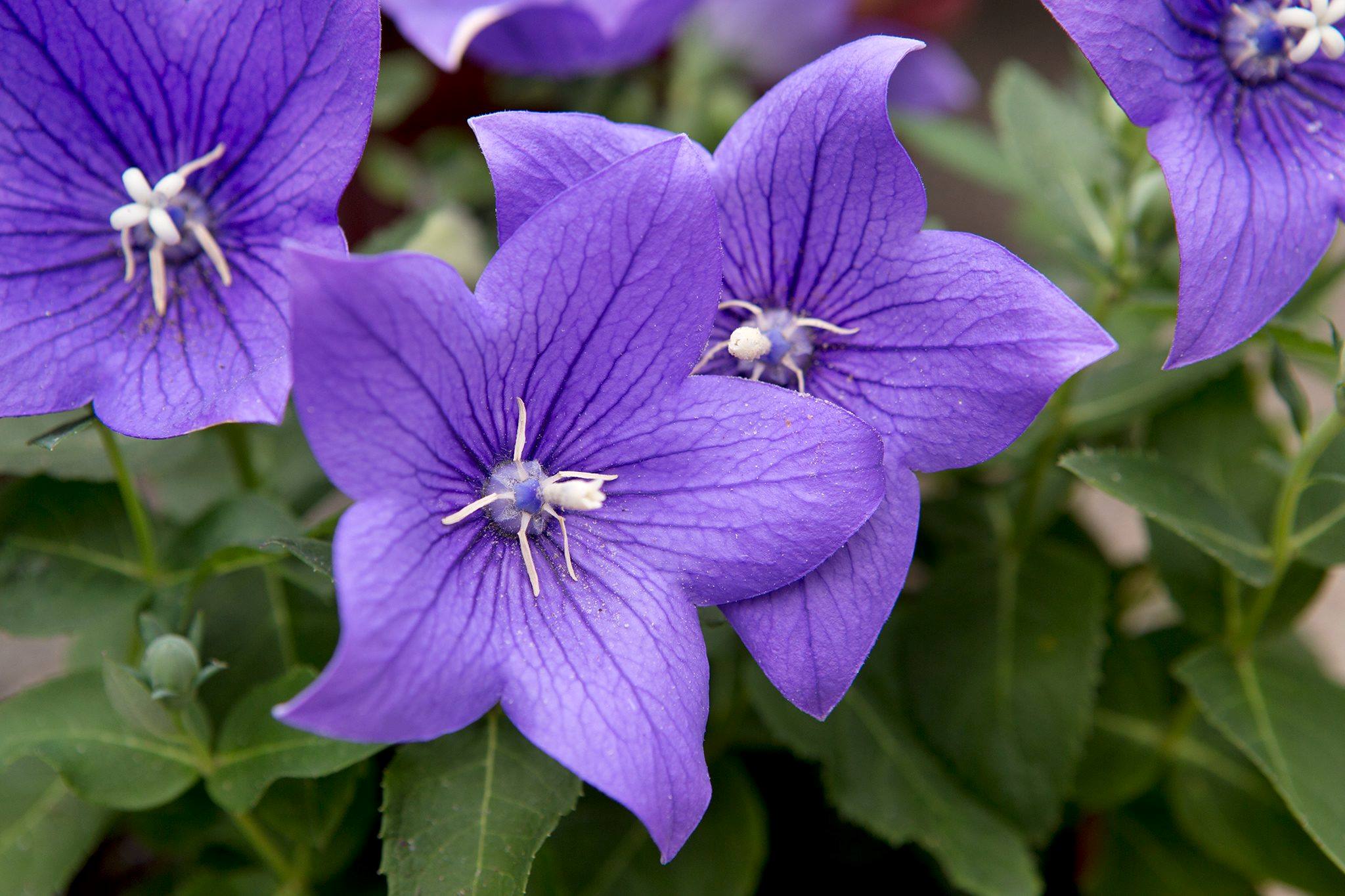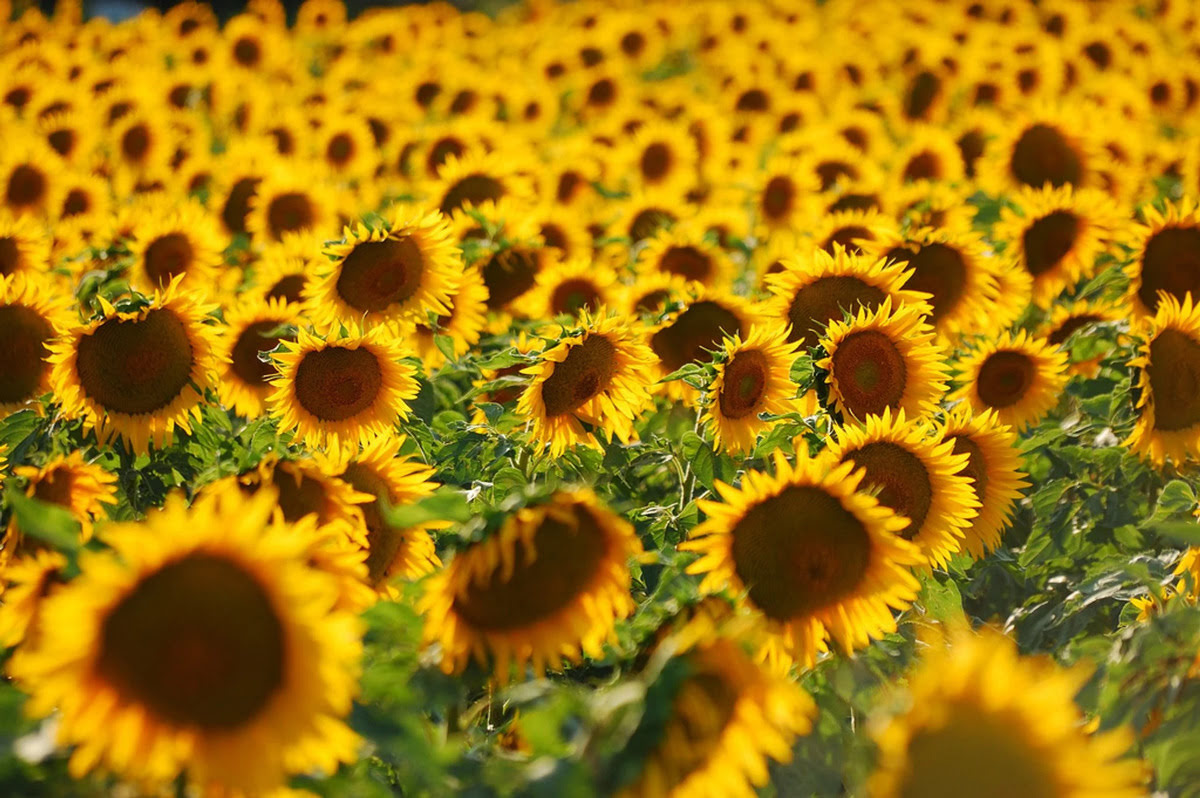Home>Types of Gardening>Ornamental Gardening>What To Do When Daffodils Stop Blooming


Ornamental Gardening
What To Do When Daffodils Stop Blooming
Modified: January 22, 2024
Learn what to do when your daffodils stop blooming in your ornamental garden. Discover effective strategies to revive and maintain their vibrant blooms.
(Many of the links in this article redirect to a specific reviewed product. Your purchase of these products through affiliate links helps to generate commission for Chicagolandgardening.com, at no extra cost. Learn more)
Table of Contents
Introduction
Welcome to the world of ornamental gardening, where beauty blooms in every corner of your garden. If you’re an avid gardener, you know the joy and excitement that comes with cultivating and nurturing various types of plants. One such plant that holds a special place in many gardeners’ hearts is the daffodil.
Daffodils, with their vibrant colors and delightful fragrance, are a sight to behold. They bring a burst of sunshine to any garden, ushering in the arrival of spring. However, as with any living organism, there may come a time when your daffodils stop blooming, leaving you wondering what went wrong.
Don’t fret! In this article, we will explore the various reasons why daffodils may cease blooming and provide you with practical tips and solutions to bring back their abundant blooms. Whether you’re a beginner gardener looking for advice or an experienced green thumb seeking to troubleshoot a blooming issue, you’ve come to the right place.
Understanding the life cycle and requirements of daffodils is essential in addressing their blooming problems. By assessing the environmental factors, providing adequate nutrients, proper watering techniques, and managing pests and diseases, you can ensure your daffodils will flourish and continue to enchant your garden year after year.
So, let’s dig deeper into the world of daffodils and uncover the secrets to reviving their stunning blooms. Get ready to embark on a journey of discovery and learn how to transform your garden into a haven of daffodil beauty.
Understanding Daffodils
Daffodils, scientifically known as Narcissus, are perennial flowers that belong to the Amaryllis family. These exquisite flowers are native to Europe and parts of North Africa and Asia. Daffodils are renowned for their trumpet-shaped floral structure, which is surrounded by a ring of petals in various colors, such as white, yellow, or orange.
These resilient flowers typically bloom in the spring, offering a vibrant display that signifies the end of the dreary winter months. Daffodils thrive in temperate climates and require a period of dormancy during the colder months to accumulate energy for blooming in the following season.
One key factor to understand about daffodils is that they are classified into different types based on their blooming time. Early-blooming varieties start to flower as early as February, while mid-season and late-blooming types grace the garden with their beauty in March and April.
Another important aspect to consider is that daffodil bulbs, the underground storage organs that produce new plants, are responsible for their blooming cycle. These bulbs store nutrients that fuel the growth and development of the plant, enabling it to produce leaves, flowers, and eventually, new bulbs.
When daffodils stop blooming, it could be due to various reasons, including environmental factors, lack of nutrients, improper watering, or infestation of pests and diseases. By understanding the unique characteristics and requirements of daffodils, you can identify the specific issues affecting their blooms and take appropriate action.
Now that we have gained a basic understanding of daffodils, let’s explore some of the common reasons why these delightful flowers may cease blooming. By unraveling these mysteries, we can unlock the secrets to restoring the beauty and vibrancy of our beloved daffodils.
Common Reasons for Daffodils to Stop Blooming
Daffodils are typically reliable bloomers, but there are a few common reasons why they may stop flowering. Understanding these reasons will help you address the issue effectively and revive the blooming potential of your daffodils. Let’s explore some of the most prevalent causes:
- Depleted Nutrients: Over time, daffodil bulbs can become depleted of essential nutrients. Without these nutrients, the plant may not have the energy to produce flowers. This commonly occurs when the bulbs have been left undisturbed in the same location for several years. It is essential to replenish the nutrients in the soil by fertilizing the bulbs before or after flowering.
- Poor Bulb Health: Daffodil bulbs can be susceptible to rot, disease, or damage. If the bulbs are unhealthy or damaged, they may not have the capacity to produce flowers. Inspect the bulbs for signs of softness, mold, or other abnormalities. Discard any unhealthy bulbs and replace them with fresh, healthy ones to ensure optimal blooming.
- Insufficient Sunlight: Daffodils thrive in full sunlight. If they are not receiving adequate sunlight, either due to shade from nearby trees or overgrown foliage, it can inhibit blooming. Consider transplanting the bulbs to a sunnier location or pruning any surrounding plants that may be blocking sunlight.
- Improper Planting Depth: Daffodil bulbs should be planted at the appropriate depth to ensure optimal blooming. If they are planted too deep or too shallow, it can affect their ability to produce flowers. Check the planting depth and make adjustments if necessary.
- Overcrowding: Daffodils have a tendency to multiply and form clumps over time. While this can be beneficial for their overall growth, overcrowding can lead to competition for nutrients and space, resulting in reduced blooming. Regularly dig up and divide the bulbs every few years to maintain adequate spacing and promote abundant blooming.
- Extreme Temperatures: Daffodils are hardy plants but can be sensitive to extreme temperature fluctuations. Late frost or unseasonably warm temperatures can disrupt their blooming cycle. Consider planting daffodils in locations with moderate temperature conditions to minimize the risk of weather-related blooming issues.
By addressing these common reasons, you can overcome the obstacles and revive the blooming potential of your daffodils. Understanding the specific issues affecting your daffodils will guide you in providing targeted solutions, ultimately leading to a breathtaking display of vibrant and flourishing blooms in your garden.
Evaluating Environmental Factors
When daffodils stop blooming, it’s crucial to evaluate the environmental factors that may be affecting their growth. By understanding and addressing these factors, you can create an optimal environment for your daffodils to thrive and bloom abundantly. Here are some key environmental factors to consider:
- Sunlight: Daffodils require ample sunlight to bloom. Ensure that they are planted in an area that receives at least six hours of direct sunlight per day. If your garden is shaded, consider transplanting the bulbs to a sunnier spot or strategically trimming nearby trees or shrubs to allow more light to reach the plants.
- Soil Quality: The quality of the soil plays a crucial role in the blooming of daffodils. They thrive in well-draining soil that is rich in organic matter. If your soil is heavy or clay-like, amend it with compost or other organic materials to improve drainage and nutrient retention. Conduct a soil test to determine if any specific nutrients are lacking and adjust accordingly.
- Watering: Daffodils prefer slightly moist soil but are susceptible to rot if overwatered. Check the moisture level of the soil regularly, especially during periods of drought or excessive rainfall. Water the bulbs deeply but allow the soil to dry out between waterings. Additionally, avoid overhead watering, as it can lead to fungal diseases.
- Climate: Daffodils thrive in temperate climates and may not perform well in extreme heat or cold. Consult local gardening resources or experts to determine the most suitable daffodil varieties for your specific climate. Alternatively, consider planting daffodils in containers, which can be moved to more favorable environments if needed.
- Winter Dormancy: Daffodils require a period of dormancy during the winter months to prepare for blooming. Avoid removing the foliage too early, as the leaves absorb sunlight and convert it into energy for the bulbs. Allow the foliage to wither naturally before trimming it back. This ensures that the bulbs are adequately nourished for the next blooming season.
- Competition from Other Plants: Dense vegetation or competing plant roots can hinder the growth and blooming of daffodils. Clear away any overgrown vegetation near the daffodil bulbs to provide them with ample space and prevent competition for nutrients and water.
By carefully evaluating these environmental factors, you can identify any issues that may be impeding the blooming of your daffodils. Implementing the necessary adjustments and creating a favorable environment will help your daffodils thrive and reward you with an impressive display of vibrant blooms.
Providing Adequate Nutrients
Nutrient deficiency can be a significant contributing factor to daffodils not blooming as desired. To ensure healthy growth and abundant blooms, it is essential to provide your daffodils with adequate nutrients. Here are some key considerations when it comes to nourishing your daffodils:
- Fertilizer: Daffodils benefit from a balanced fertilizer with a higher phosphorus (P) content. Phosphorus promotes flower formation and root development. Apply a slow-release granular fertilizer in early spring, just as the new shoots begin to emerge. Be sure to follow the manufacturer’s instructions for application rates.
- Organic Matter: Incorporating organic matter into the soil is an excellent way to improve nutrient availability and overall soil health. Add compost, well-rotted manure, or aged leaf mold to the planting area before or after blooming to enrich the soil with organic nutrients.
- Bulb Boosters: Specialized bulb boosters or bone meal can be added to the planting hole or sprinkled on top of the soil around the daffodil bulbs. These products provide a concentrated source of nutrients, especially phosphorus, to stimulate root development and encourage blooming.
- Foliar Feeding: In addition to soil fertilization, foliar feeding can supplement nutrient uptake. Spray a liquid fertilizer directly onto the foliage of your daffodils, following the product’s instructions. This method allows nutrients to be readily absorbed by the plants, supporting healthy growth and blooming.
- Regular Monitoring: Periodically assess the overall health of your daffodils and monitor any signs of nutrient deficiency. Symptoms such as yellowing leaves, stunted growth, or weak stems may indicate nutrient deficiencies. Adjust the fertilizer application or consult a local gardening expert for guidance in addressing specific nutrient deficiencies.
Remember to apply fertilizers and nutrients to daffodils at the appropriate times, such as before or after blooming. Providing adequate nutrition will give your daffodils the necessary resources to produce stunning blooms and maintain their overall vigor and health.
While daffodils are generally low-maintenance plants, a little extra care in the form of proper nutrient supplementation can go a long way in ensuring their optimal blooming potential.
Proper Watering Techniques
Watering plays a crucial role in the overall health and blooming of daffodils. Proper watering techniques ensure that the plants receive adequate hydration without risking issues such as root rot or fungal diseases. Here are some essential guidelines to follow when it comes to watering your daffodils:
- Moisture Monitoring: Regularly check the moisture level of the soil around your daffodils. Stick your finger into the soil up to the second knuckle. If the soil feels dry at that depth, it’s time to water. Aim to keep the soil consistently moist but not overly saturated.
- Deep Watering: When you do water your daffodils, give them a good, deep soak. This helps to encourage deep root growth and ensures that moisture reaches the entire root system. Light surface watering may not penetrate deep enough and can lead to shallow-rooted plants.
- Avoid Overwatering: Daffodils are susceptible to bulb rot if they are sitting in excessively wet soil. To avoid overwatering, make sure the planting area has proper drainage. If you are gardening in heavy clay soil, consider amending it with organic matter to improve drainage.
- Watering Schedule: Daffodils require more water during their active growth phase, which is typically in early spring. As their blooming period ends and the foliage starts to wither, gradually reduce the amount of water provided. This helps prepare the bulbs for their dormant period.
- Avoid Overhead Watering: Daffodils are particularly susceptible to fungal diseases, such as botrytis, which can be exacerbated by overhead watering. Instead, water at the base of the plants or utilize a drip irrigation system to keep water off the foliage.
- Seasonal Adjustments: Pay attention to the weather conditions and adjust your watering routine accordingly. If there is ample rainfall, you may need to reduce or eliminate supplemental watering. Conversely, during periods of drought or hot weather, you may need to increase watering frequency.
Remember, it’s important to strike a balance when it comes to watering your daffodils. Providing consistent moisture, avoiding overwatering, and adjusting your watering routine based on the season and weather conditions will help your daffodils thrive and produce gorgeous blooms.
A well-hydrated daffodil plant will not only showcase vibrant flowers but also maintain its foliage health, ensuring the bulbs receive the necessary nourishment for future blooming seasons.
Managing Pests and Diseases
Keeping your daffodils healthy and free from pests and diseases is crucial for maintaining their blooming potential. While daffodils are generally resilient and not prone to many issues, it’s still essential to be aware of common pests and diseases that can affect them. Here are some strategies to effectively manage pests and diseases:
- Pest Identification: Familiarize yourself with common pests that may target daffodils, such as aphids, slugs, and snails. Regularly inspect your plants for signs of infestation, including distorted leaves, holes, or slime trails. Promptly identify and address any pest issues to prevent damage to blooming potential.
- Natural Predators: Encourage the presence of natural predators in your garden to control pests. Birds, ladybugs, and beneficial insects like lacewings and parasitic wasps can help keep pest populations in check. Planting diverse flowers and using companion planting techniques can attract these beneficial creatures.
- Handpicking: For larger pests like slugs and snails, consider handpicking them from the plants. This can be done during early mornings or evenings, as these pests are more active at night. Drop them into a bucket of soapy water to dispose of them effectively.
- Organic Pest Control: If pest populations become overwhelming, explore organic pest control options. This may include using natural insecticidal soaps or neem oil sprays, which are less harmful to beneficial insects and provide effective control against pests.
- Disease Prevention: Good garden hygiene is essential to prevent the spread of diseases. Remove and discard any affected foliage or bulbs immediately to prevent the spread of fungal diseases. Avoid overhead watering, as moisture on the foliage can contribute to disease development.
- Sanitation Practices: Clean and sanitize your gardening tools regularly to reduce the risk of spreading diseases between plants. Sterilize your tools with a diluted bleach solution or rubbing alcohol before and after each use, especially when pruning or dividing bulbs.
- Vigilant Monitoring: Regularly inspect your daffodils for signs of diseases, such as brown spots on the leaves or wilting foliage. Early detection allows for prompt action, reducing the impact of the disease on your daffodils’ blooming ability.
By implementing these pest and disease management strategies, you can protect your daffodils from common threats and ensure they continue to bloom beautifully year after year. Keeping a watchful eye on your plants, fostering a balanced ecosystem, and practicing good sanitation practices will go a long way in maintaining the health and vibrancy of your daffodils.
Dividing and Transplanting Daffodils
Dividing and transplanting daffodils is an essential task for maintaining their health and ensuring continued blooming success. Over time, daffodil bulbs multiply and form clumps, which can lead to overcrowding and reduced blooming. Dividing and transplanting them allows for proper spacing and rejuvenation. Follow these guidelines for successful division and transplantation:
- Timing: The best time to divide and transplant daffodils is after they have finished flowering and the foliage has turned yellow. This typically occurs in late spring or early summer. Dividing and transplanting bulbs while they are actively growing can disturb their growth cycle.
- Preparing the Site: Select a new planting site that meets the sunlight and soil requirements of daffodils. Ensure the soil is well-draining and enriched with organic matter. Dig the planting area to a depth of about 12 inches and remove any weeds or debris.
- Dividing Bulbs: Carefully dig up the clumps of daffodils using a garden fork or spade. Gently separate the bulbs, ensuring that each division has its own roots and foliage attached. Be cautious not to damage the bulbs or roots during this process.
- Transplanting: Dig individual holes in the new planting site, spacing them a few inches apart. Place each bulb in the hole, ensuring it is planted at a depth that is approximately three times the height of the bulb. The pointed end should be facing upward. Cover the bulbs with soil and firm it gently.
- Watering and Mulching: After transplanting, water the newly planted bulbs thoroughly to settle the soil and provide initial moisture. Apply a layer of organic mulch, such as straw or wood chips, to help retain moisture and suppress weed growth.
- Patient Care: Understand that it may take a year or two for transplanted daffodils to reestablish and bloom to their full potential. Be patient and continue to provide them with proper care, including regular watering and fertilization.
- Maintenance and Future Divisions: To maintain healthy daffodils, consider dividing them every three to five years. This prevents overcrowding and ensures optimal blooming. Dividing in late summer or early autumn allows newly divided bulbs enough time to establish roots before the next growing season.
Dividing and transplanting daffodils not only promotes their health and vitality but also allows you to create new plantings in different areas of your garden. By following these steps and providing proper care, you can enjoy a continuous cycle of blooming daffodils for years to come.
Conclusion
Cultivating a vibrant and blooming garden filled with daffodils is a rewarding and fulfilling experience. When your daffodils stop blooming, it’s important to investigate the potential causes and take appropriate actions. By understanding the needs of daffodils, evaluating environmental factors, providing adequate nutrients, ensuring proper watering techniques, managing pests and diseases, and dividing and transplanting when necessary, you can revive their blooming potential.
Daffodils, with their cheerful colors and captivating fragrance, bring joy and beauty to any garden. With a little care, attention to detail, and understanding of their growing requirements, you can enjoy a stunning display of daffodil blooms year after year.
So, don’t be disheartened when your daffodils stop blooming. Instead, use this as an opportunity to assess the situation, implement the necessary changes, and witness the rejuvenation of your daffodils. With the knowledge gained from this article, you are now equipped to troubleshoot blooming issues and create an optimal environment for your daffodils to thrive.
Continue to nurture your daffodils with love and care, and watch as they reward you with their vibrant blooms, ushering in the arrival of spring and filling your garden with their radiant beauty. Happy gardening!







